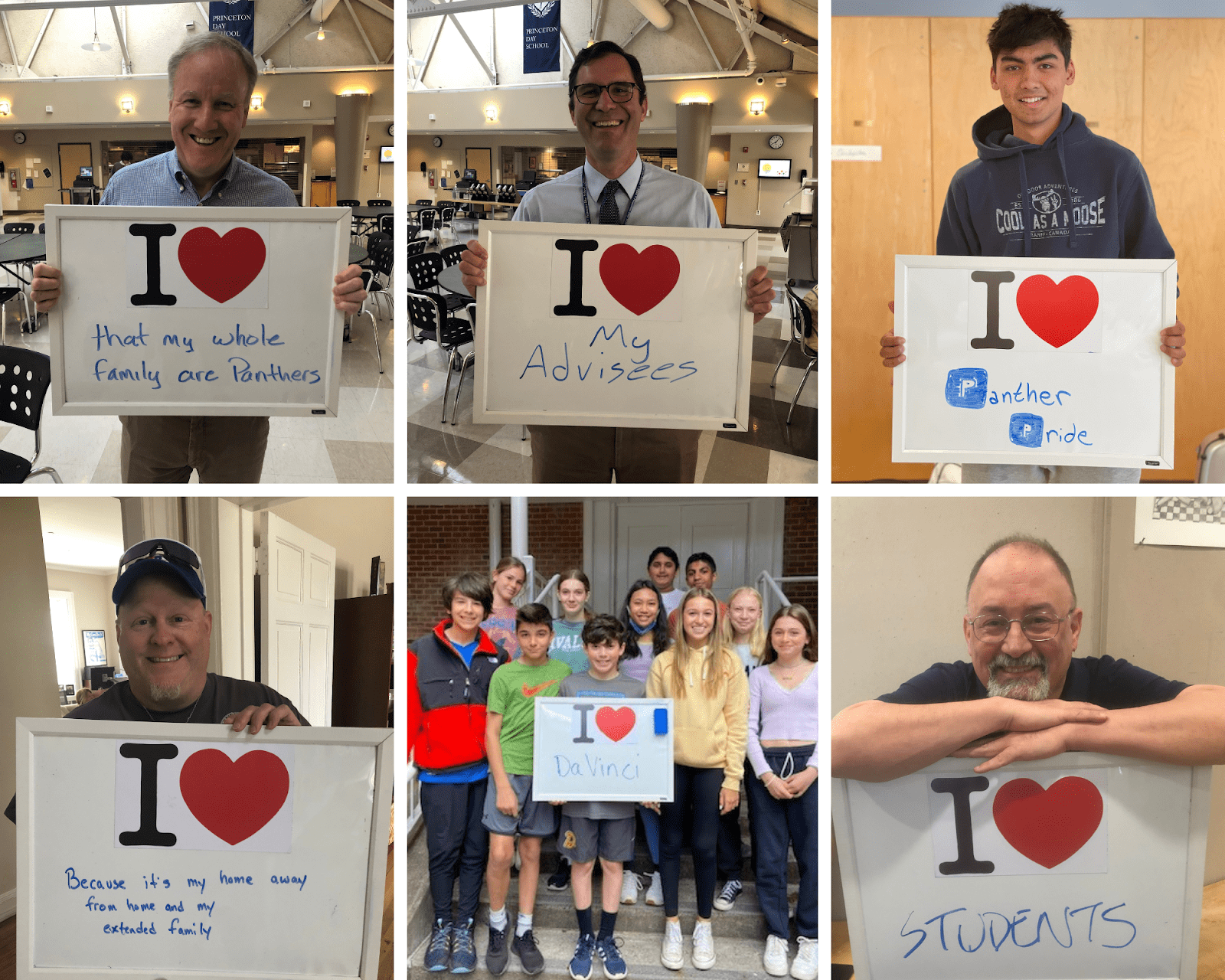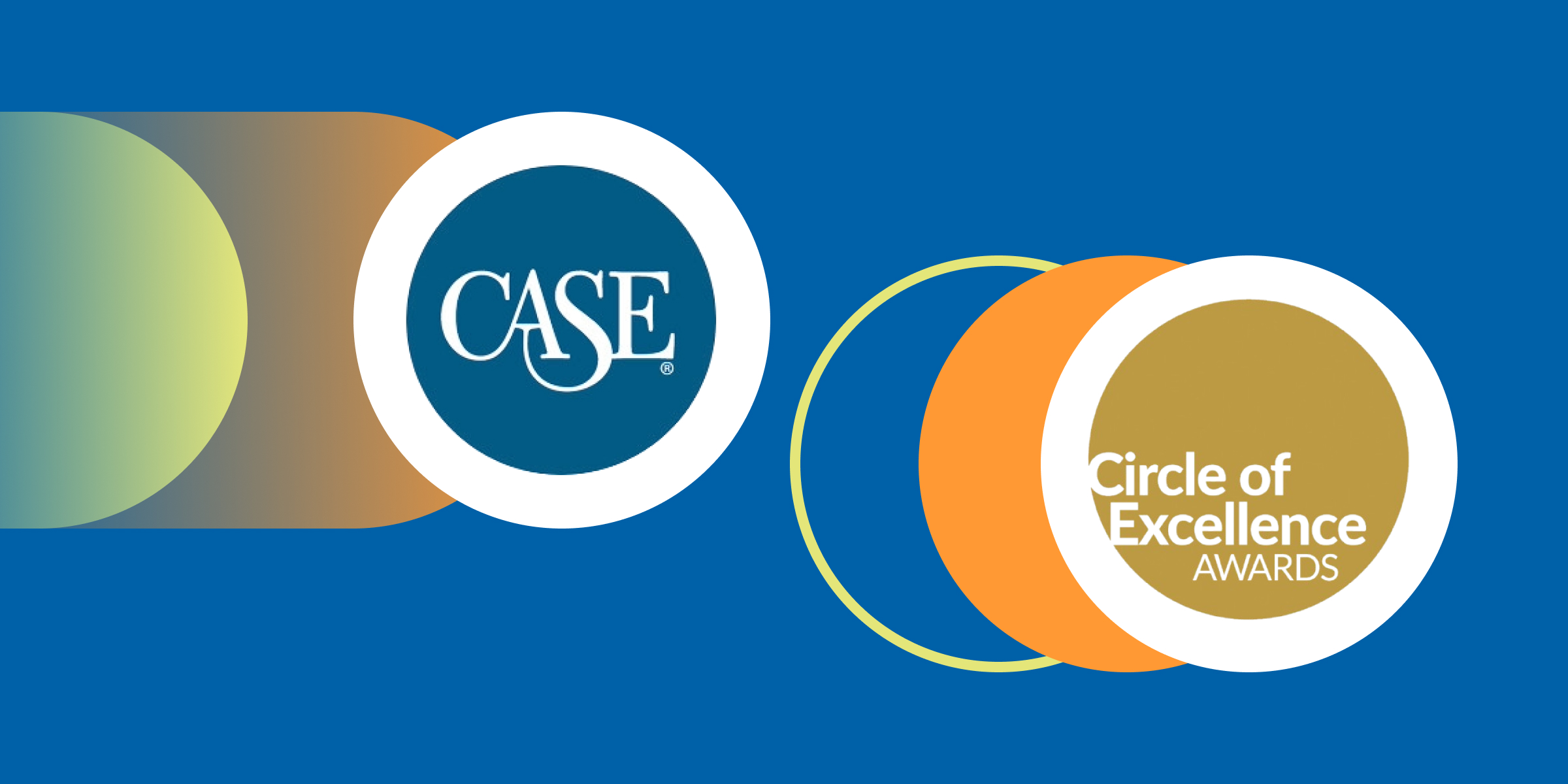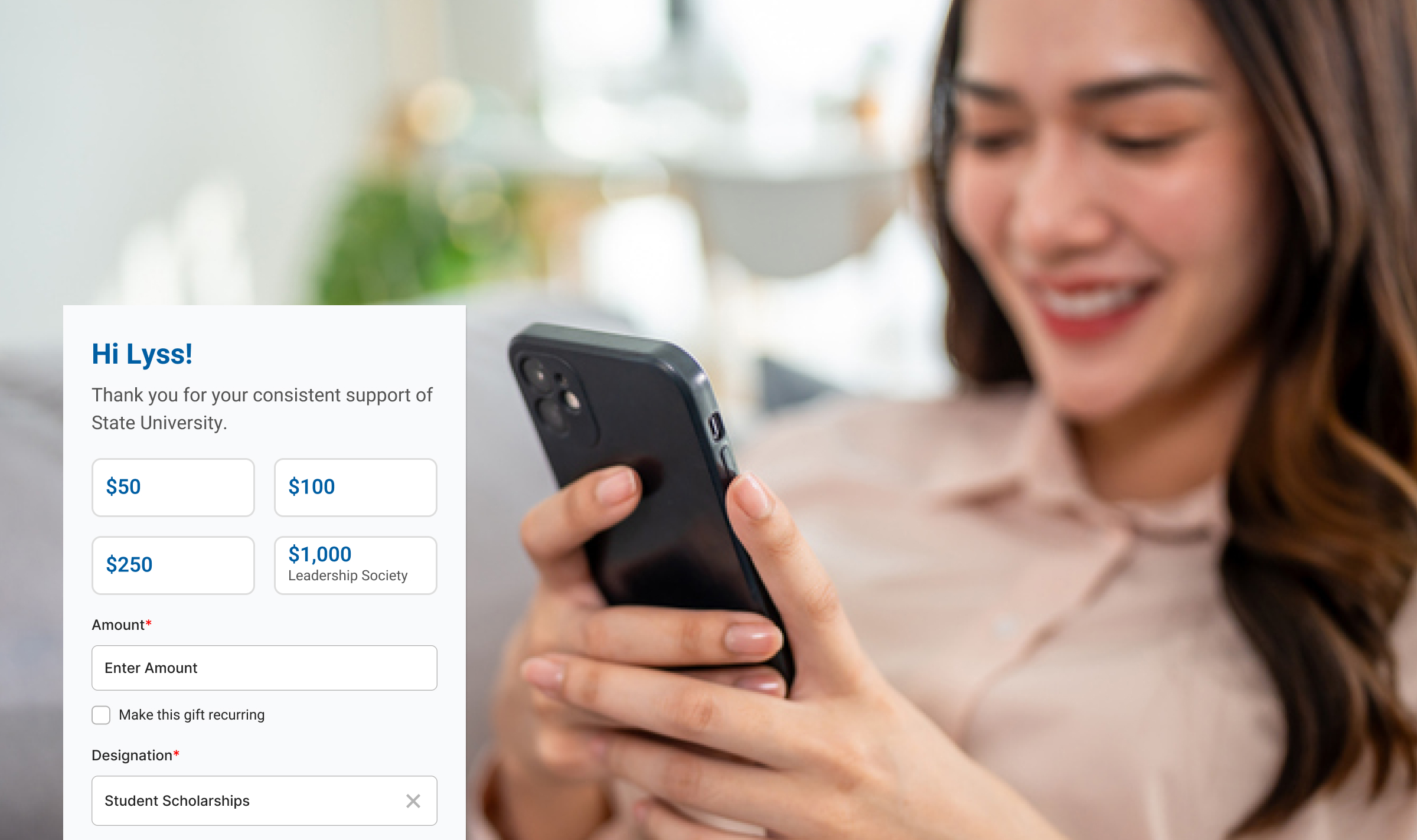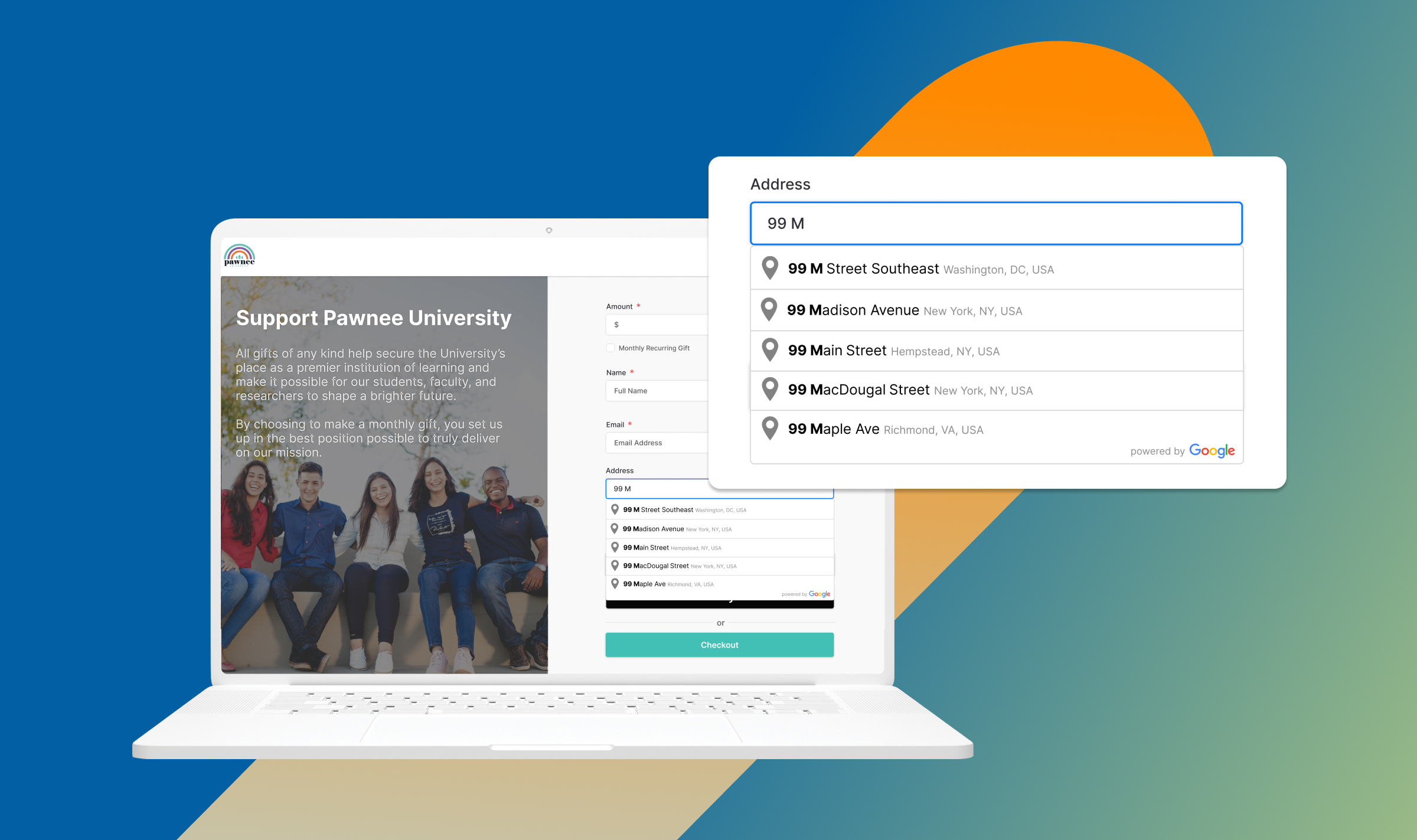Giving Days are online fundraising campaigns designed to raise money and awareness in a short amount of time, usually within a 24-hour period (although campaigns are often extended). For schools, Giving Days are a great way to build a culture of philanthropy at your institution. In an increasingly digital world, designating one special day a year to encourage your community to come together, give back, and celebrate their collective impact can be incredibly powerful.
These days, more schools are also choosing to participate in Giving Tuesday, the international day of giving held on the first Tuesday after American Thanksgiving. Because Giving Tuesday is a global phenomenon celebrated by millions of nonprofits annually, competition is stiff, and getting eyes on your cause can be a challenge. Despite the noise, few organizations are willing to abstain on a day when so many of us are feeling generous.
Planning a successful Giving Tuesday campaign is a lot like planning a traditional Giving Day. Many of the same rules and tactics apply. Whether your school decides to participate in Giving Tuesday, host a traditional Giving Day, or do both, the strategies used to promote these initiatives are similar.
The GiveCampus Partner Success team has helped thousands of fundraisers at schools of every size plan, promote, and execute successful Giving Days of all kinds. Our partner community of more than 1,000 colleges, universities, and K-12 schools is teeming with experts—many of whom have graciously agreed to share their Giving Day strategies with fellow fundraisers at our annual GiveCampus Partner Conference (GCPC) and other partner events. Here are three trusted partners who participated in our first-ever Giving Day Boot Camp in January 2021, speaking on innovative ideas you can use for Giving Tuesday or any Giving Day event.
Amy Gallo, Director of Advancement Communications at Princeton Day School
1. Create Content Focused on the Students
Most donors are motivated to give to your campaign either because they are alumni and have had personal positive experiences at your institution, or because someone they love currently attends or has attended your school. Creating and sharing campaign content that offers a window into the student experience is a good way to remind prospective donors what’s special about your institution and how their gifts support your mission.
In this video, Amy Gallo shares Princeton Day School’s (PDS’s) strategy for curating authentic and impactful content that captures what students and staff value most about their school. Her team makes a point of visiting the campus regularly with a whiteboard in hand and a series of prompts. They ask members of the community what they love about PDS, write it on the whiteboard, and snap a photo. Then they use the pictures of students, faculty, and staff to promote their annual day of giving in email outreach and on social media.
Capturing authentic moments like this is an easy and impactful way to rally your community for any fundraising appeal, including your Giving Tuesday campaigns.

2. Remember to Have Fun
Gallo and her staff follow a very simple rule when planning any campaign; “if it’s not fun, why are we doing it?” For example, PDS chooses to host its annual Day of Giving on Blue and White Day, an annual field day with a 40-year tradition that brings the entire community together in a show of school spirit. Celebrating these two events together creates a fun environment for students, staff, and alumni to both cheer their teams on and give back at the same time.
That said, there are many ways to inject joy and excitement into your campaigns, including simply starting with a good theme. The North Country School launched this fun “Golden Egg” #GivingTuesday campaign in 2021 that encouraged donors to give to the school’s Annual Fund. The campaign which featured a delightful video plea not only benefited the school and camp but also the surrounding Adirondack communities. Whether you incorporate a clever theme, align your Giving Day with another on-campus celebration, or offer unique donor incentives like a curated set of zoom backgrounds, just remember to have fun.
3. Segment Your Donors
Chances are your donor base can be segmented into a variety of distinct groups including young alumni, parents, LYBUNTs, and more. It’s important to understand who your donors are, why they give, and how they give—and to carefully tailor Giving Day content to each audience. For example, young alumni may prefer to engage on social media and give in smaller increments over time so reaching out to them on Instagram with a message about recurring giving may resonate better than a phone call or postcard. Pay close attention to the different types of donors that your institution attracts, and tailor your outreach to their passions, identity, giving history, and capacity.
For example, Princeton Day School found that many of their new donors tend to be college-age or recent alums, so they reached out to this highly coveted segment with a video message recorded by a well-known and beloved campus personality—and effectively doubled participation! Donor-centric appeals like this are key to driving better engagement and the overall success of your Giving Tuesday and Giving Day campaigns.
4. Increase Faculty and Staff Participation
Some of your best advocates are sitting in the building across from you. Faculty and staff have a huge potential to not only make gifts but encourage their community to donate as well. These individuals often have deep ties to your institution and embrace your shared mission to provide students with access to a quality education. Many may also be alumni or have children or siblings who are alumni.
Findings from a recent study on Crafting a Faculty and Staff Fundraising Campaign suggest that targeted fundraising initiatives which emphasize institutional loyalty and pride can drive engagement among faculty and staff. Consider creating personalized campaign messages to this powerful donor segment that shine a spotlight on student achievement and campus culture.
Christene Riendeau, Director of Annual Giving and Volunteer Engagement at College of the Holy Cross
5. Recruit Advocates and Volunteers
Advocates and volunteers are crucial in creating a successful campaign.
In this video, Christene Riendeau talks about recruiting advocates for the school’s first-ever Giving Day campaign. To achieve their ambitious goal of signing up 200 volunteers, Riendeau and her team reached out to a large number of alumni and invited them to join webinars and conference calls where they highlighted the causes behind their campaign and asked those in attendance to participate in specific ways.
You can use similar tactics to identify and engage more advocates and volunteers. Consider reaching out to alumni who have responded to your campaigns in the past, perhaps with a video highlighting the benefits of your campaign. Whatever you do, remember to follow up on the things your advocates and volunteers committed to doing, and to thank them for their efforts.
6. Find Creative and Personal Ways to Thank Your Donors
When donors feel that you are grateful for their donations, they’re more willing to give again and even become loyal donors. Riendeau has found that venturing beyond the expected often goes a long way. Sending a thank-you email is good, and should always be part of any stewardship cadence, but there are other more compelling ways to express your gratitude, especially to major gift donors.
Prior to the pandemic, Riendeau and her team traveled around the country to deliver framed thank-you statements to top-tier donors. This in-person approach to stewardship proved to be an effective and impactful way to recognize an audience that had a tremendous impact on the school and the success of their campaigns.
Consider different and unexpected ways to acknowledge your donors. You don’t have to travel across the country or make an in-person visit to strike a chord. A personal, hand-written note still goes a long way. You can also surprise and delight donors by mailing a small thank-you gift. Additionally, find ways to make your thank-you emails more personalized, and consider sending a small coupon or school swag to even the lowest tier of donors.
7. Set Ambitious Yet Achievable Goals
The key to goal setting is to strike a balance between what is possible and what is probable. In addition to setting goals around the number of donors you reach and the dollars you raise, you may also want to aim for recruiting a specific number of volunteers and advocates. Whatever your goal, it should feel like a stretch but still be achievable.
Erin Pollard, Director of Annual Giving at the University of Hartford
8. Include Key Stakeholders in the Planning Process
Before launching any Giving Tuesday or Giving Day event, it’s important to first start with the why behind the event, and what the funds will go towards. Depending on your school, the number of stakeholders who have a say in your campaign’s goals and objectives will vary. Your school board may play a role in establishing initiatives or your advancement team may have full agency. Whatever the process, be sure to reach out to key internal stakeholders months in advance to make sure everyone is on the same page.
For example, at the University of Hartford, the list of valued stakeholders includes the deans of the seven schools and colleges, campus partners in the Student Government Association, major gift officers, and sometimes even major donors. Whoever is on your list, use their expertise and interactions within the school to inform and aid your fundraising efforts.
9. Be Clear About Your Goals
During any Giving Tuesday or Giving Day event, communication is key. It’s vital that everyone involved—donors, volunteers, and staff—is aligned on the campaign’s goals at all times. Director of Annual Giving Erin Pollard says that being clear about your goals and intentions is critical to the success of your campaign. Every communication you send should contain explicit messaging about why you are asking for support and where the donated dollars will go.
10. Follow Up with Stakeholders After Your Event
Communication doesn’t end when your GivingTuesday or Giving Day event is over. It’s important to follow up with all of those key stakeholders about both the tangible and anecdotal successes of your campaign. Conveying hard stats about dollars and donors is valuable, but so are the less measurable stories about the progress you may have made tapping new segments or engaging previously challenging donor groups. Having a timely debrief after your event is a great way to keep everyone in the loop, celebrate their impact, and use your campaign learnings to inform your school’s next Giving Tuesday or Giving Day event.
Get Help with Your Next Fundraising Event
The bottom line? A lot goes into planning a Giving Tuesday or Giving Day fundraiser and you don’t have to do it alone. The GiveCampus partner community comes with a 365-day forum for sharing ideas and best practices (which means ongoing access to experts like Amy, Erin, and Christene on this page), a dedicated Partner Success lead to talk strategy with, and a support team that answers questions in 13 minutes on average.
Want more tips? Download our Giving Day guide to learn six questions you should ask before launching a Giving Day campaign. Or, to get more specific advice for your initiative, schedule an intro call with a fundraising expert.



